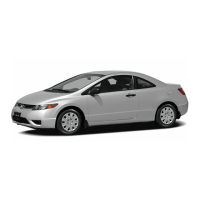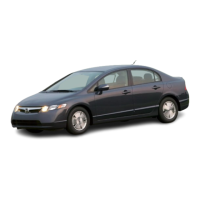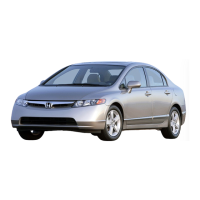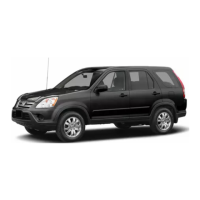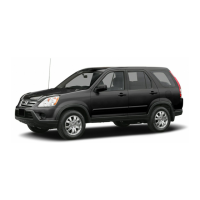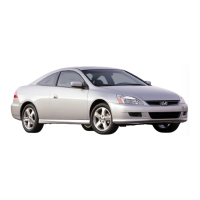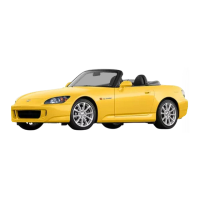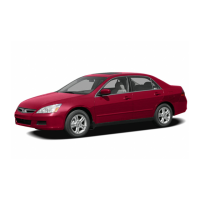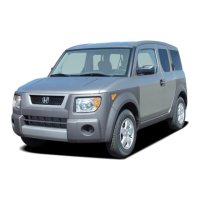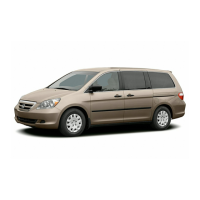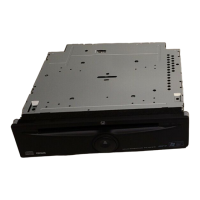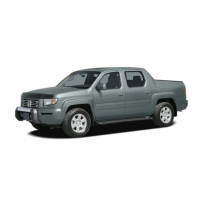The following charts show the
recommended cold tire pressures for
most normal and high-speed driving
conditions.
If you check air pressures when the
tires are hot [driven for several miles
(kilometers)], you will see readings 4
to6psi(30to40kPa,0.3to0.4
kgf/cm ) higher than the cold
readings. This is normal. Do not let
air out to match the recommended
cold air pressure. The tire will be
underinflated.
Youshouldgetyourowntire
pressure gauge and use it whenever
you check your tire pressures. This
will make it easier for you to tell if a
pressure loss is due to a tire problem
and not due to a variation between
gauges.
While tubeless tires have some
ability to self-seal if they are
punctured, you should look closely
for punctures if a tire starts losing
pressure.
Use a gauge to measure the air
pressure in each tire at least once a
month. Even tires that are in good
condition may lose 1 to 2 psi (10 to
20 kPa, 0.1 to 0.2 kgf/cm ) per
month. Remember to check the
sparetireatthesametime.
Check the air pressures when the
tires are cold. This means the
vehicle has been parked for at least 3
hours, or driven less than 1 mile (1.6
km). Add or release air, if needed, to
match the recommended cold tire
pressuresonthispage.
Tire Size Cold Tire Pressure
Front/Rear
Tire Size Cold Tire Pressure
Front/Rear
Tire Size Cold Tire Pressure
Front:
Rear:
DX and Canadian DX-G
LX, EX
Si
Tires
Recommended Tire Pressures
242
P195/65R15 89H
P215/45R17 87V
P205/55R16 89H 32 psi (220 kPa , 2.2
kgf/cm
)
32 psi (220 kPa , 2.2
kgf/cm
)
29 psi (200 kPa , 2.0
kgf/cm
)
30 psi (210 kPa , 2.1
kgf/cm
)
05/08/02 15:11:19 31SVA600 0245
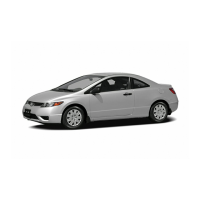
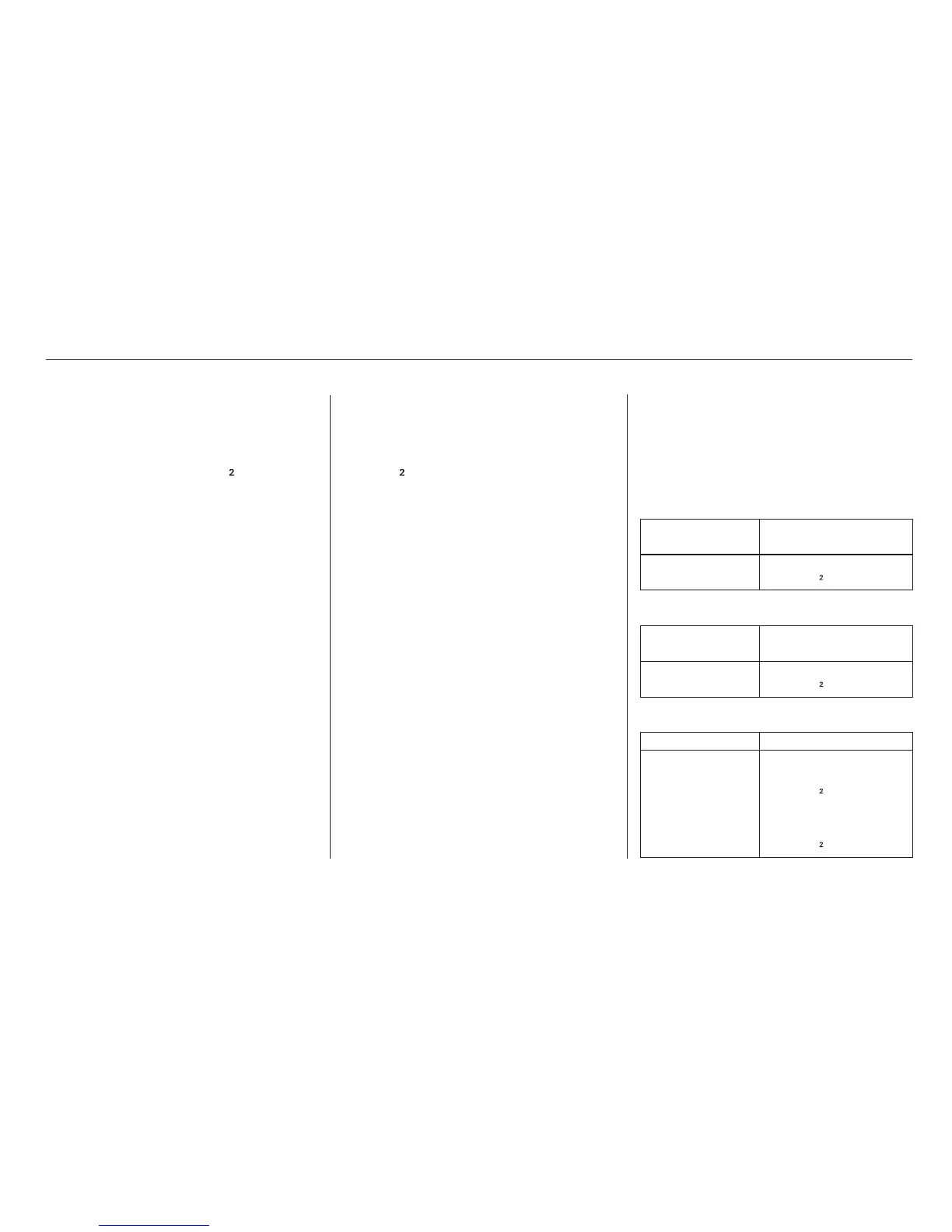